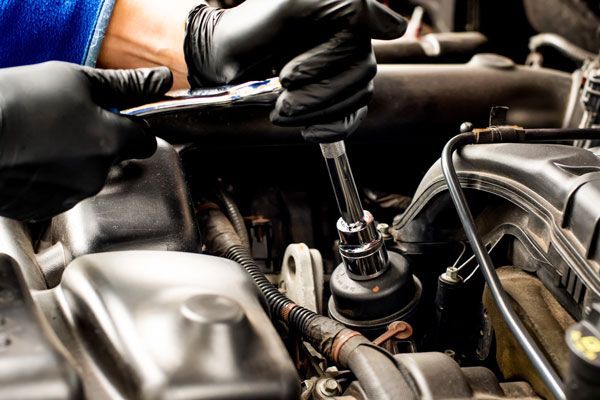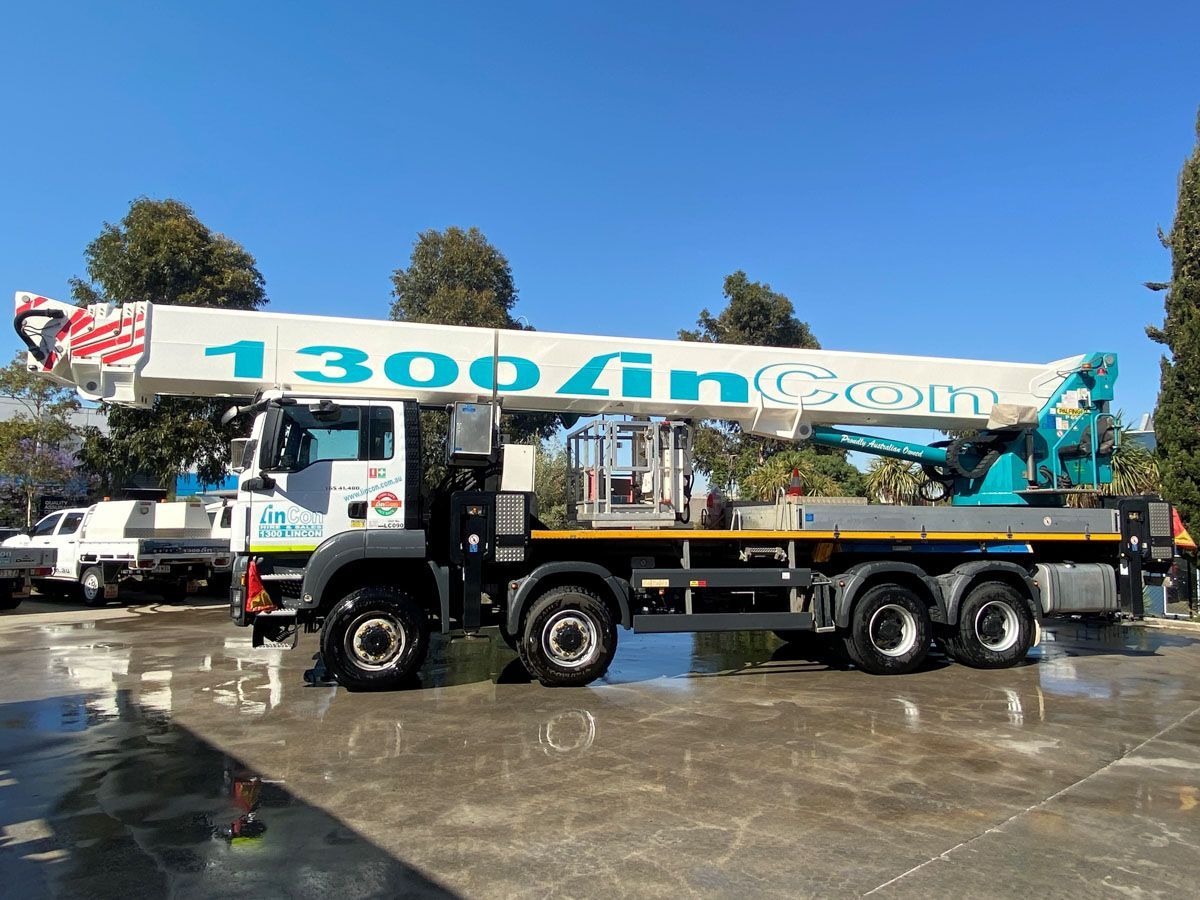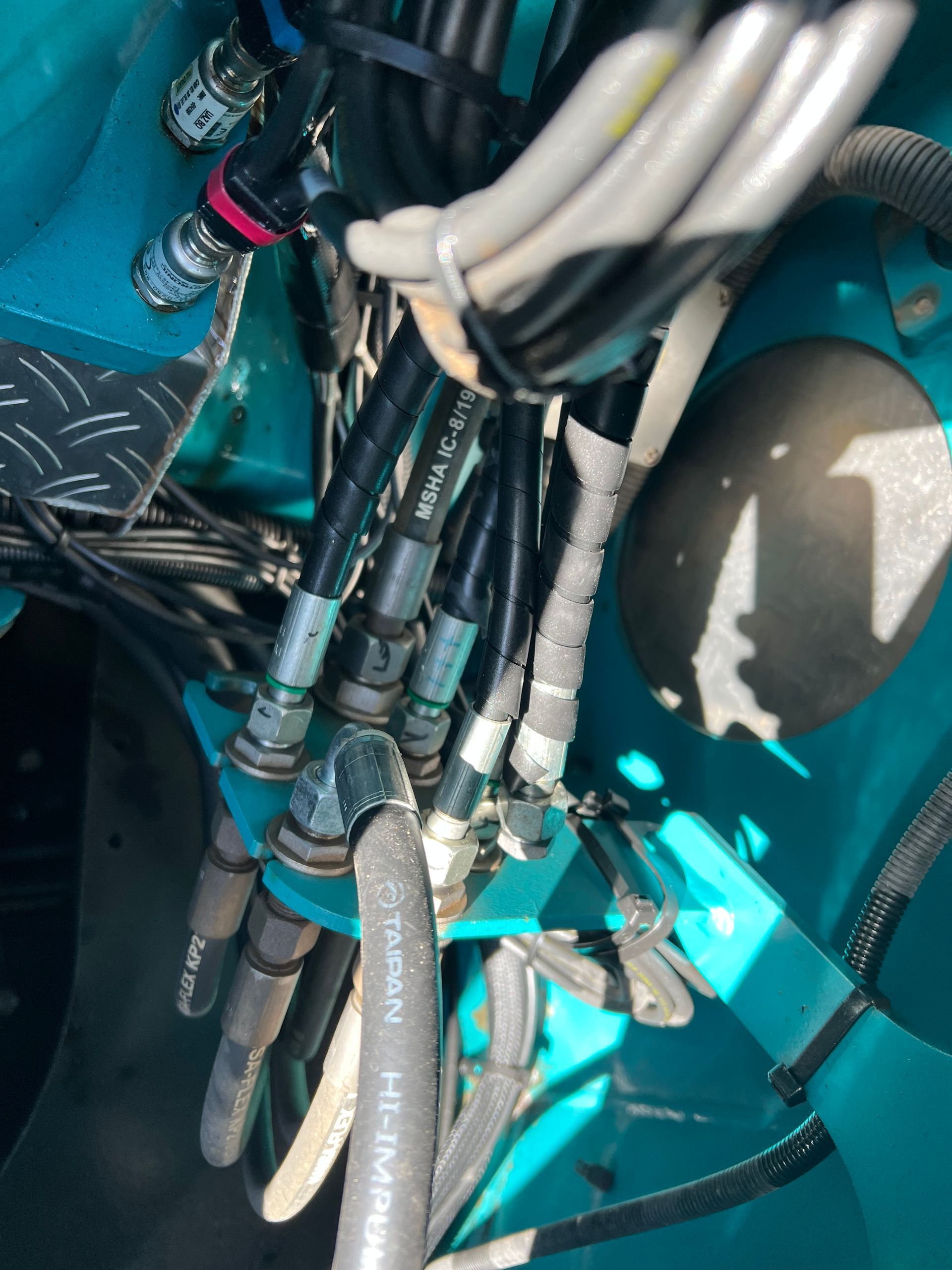Signs your crane or EWP needs servicing
Cranes and elevated work platforms are essential tools on construction, utility, and maintenance sites, but like any equipment, they're not immune to wear. The boom in particular takes on the brunt of operational stress, making it one of the first components to show signs of trouble. Ignoring early warning signs can put operators at risk, compromise project timelines, and even void insurance or compliance checks. In this article, we look at the key signs your crane or EWP boom might need servicing, and why prompt action makes all the difference.
1. Unusual noises during boom operation
If your boom emits grinding, knocking, or squealing noises while in use, it's a clear indication something isn't right. These sounds may point to issues such as misaligned components, worn bearings, or insufficient lubrication. The longer these noises go unaddressed, the more damage they can cause, often compounding into structural wear or hydraulic failure. Scheduling an inspection as soon as new noises appear can help prevent a minor fix from becoming a major repair.
2. Jerky or inconsistent boom movement
A properly maintained boom should move smoothly and predictably. Hesitation, jolts, or inconsistent speeds during extension or retraction suggest there may be problems with the hydraulic system or electrical controls. These irregularities are not just inconvenient but can also affect load control and operator safety. Whether the fault lies in hydraulic fluid levels, air in the system, or valve issues, addressing the problem early keeps the equipment reliable and compliant.
3. Visible signs of fatigue or cracking
Cracks, dents, or signs of metal fatigue along the boom structure are not cosmetic concerns – they're serious safety issues. These often appear at stress points, welds, or near mounting brackets. Left unattended, even hairline cracks can grow under pressure, risking catastrophic failure. Regular visual inspections are key, and any signs of structural fatigue should trigger immediate servicing and potential load testing before the unit is returned to operation.
4. Unusual hydraulic behaviour
Hydraulic systems power the movement and stability of cranes and EWPs, and any drop in performance should be treated seriously. If you notice excessive fluid leakage, slow response, or pressure inconsistencies, it could signal worn seals, contaminated fluid, or faulty cylinders. Boom drift, where the boom slowly moves out of position when idle, is another hydraulic red flag. These issues impact control and can make precise operation difficult, especially at height or under load.
5. Misalignment or lack of calibration
When a boom appears out of level, doesn't hold its intended position, or isn't operating within expected parameters, calibration could be the issue. This is particularly important for equipment with electronic positioning systems or outreach limiters. Misalignment affects not only performance but also the accuracy of onboard safety systems. Periodic recalibration ensures the boom performs as expected and maintains compliance with manufacturer and industry standards.
Operator feedback and machine logs
Sometimes the earliest warning comes from the person in the cab. Operators who use the machine daily often notice changes in responsiveness or behaviour before faults are externally visible. Encourage feedback and routinely check the machine's onboard diagnostic logs (if equipped). Many modern units can alert you to system faults, temperature spikes, or maintenance prompts, giving you a chance to act before the issue worsens.
Stay ahead of breakdowns with scheduled boom servicing
Keeping cranes and EWPs in peak condition isn't just about ticking boxes, it's about protecting crews, extending equipment life, and avoiding costly delays. Regular inspections, prompt repairs, and listening to early signs of wear help prevent serious failures and ensure your equipment stays safe, stable, and ready for the next job. LinCon Hire and Sales provides expert servicing for cranes and elevated work platforms across Australia. Whether you're dealing with hydraulic faults, structural wear, or calibration issues, we can help you return your equipment to safe, reliable operation.



